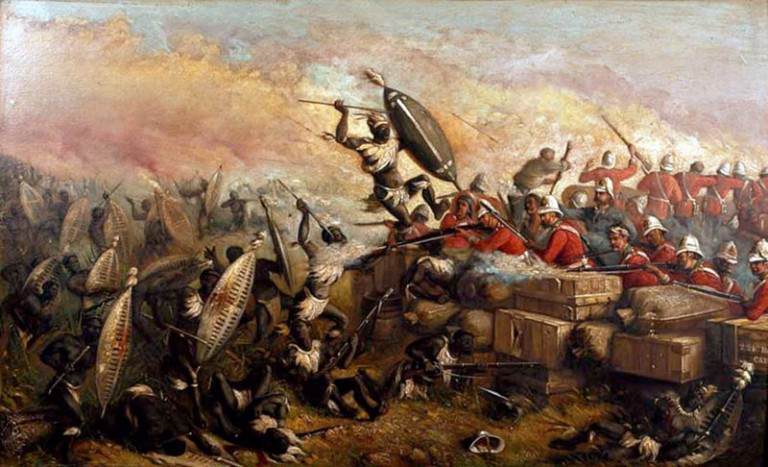Transformations in southern Africa after 1750
Source Based Questions
The following exercise has been taken from the 2012 History Grade 10 Exemplar. [1]
 “The Mfecane 1816 – 28”, History Notes, (Uploaded: 5 April 2016), (Accessed: 5 August 2020) Image Source
“The Mfecane 1816 – 28”, History Notes, (Uploaded: 5 April 2016), (Accessed: 5 August 2020) Image Source